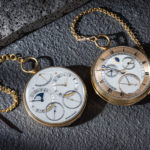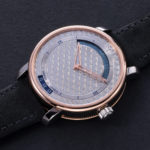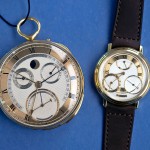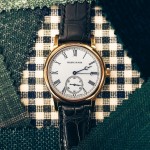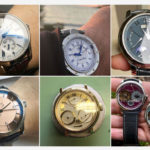SJX W&W Highlights – Independent Watchmaking
Just a handful of the good and great.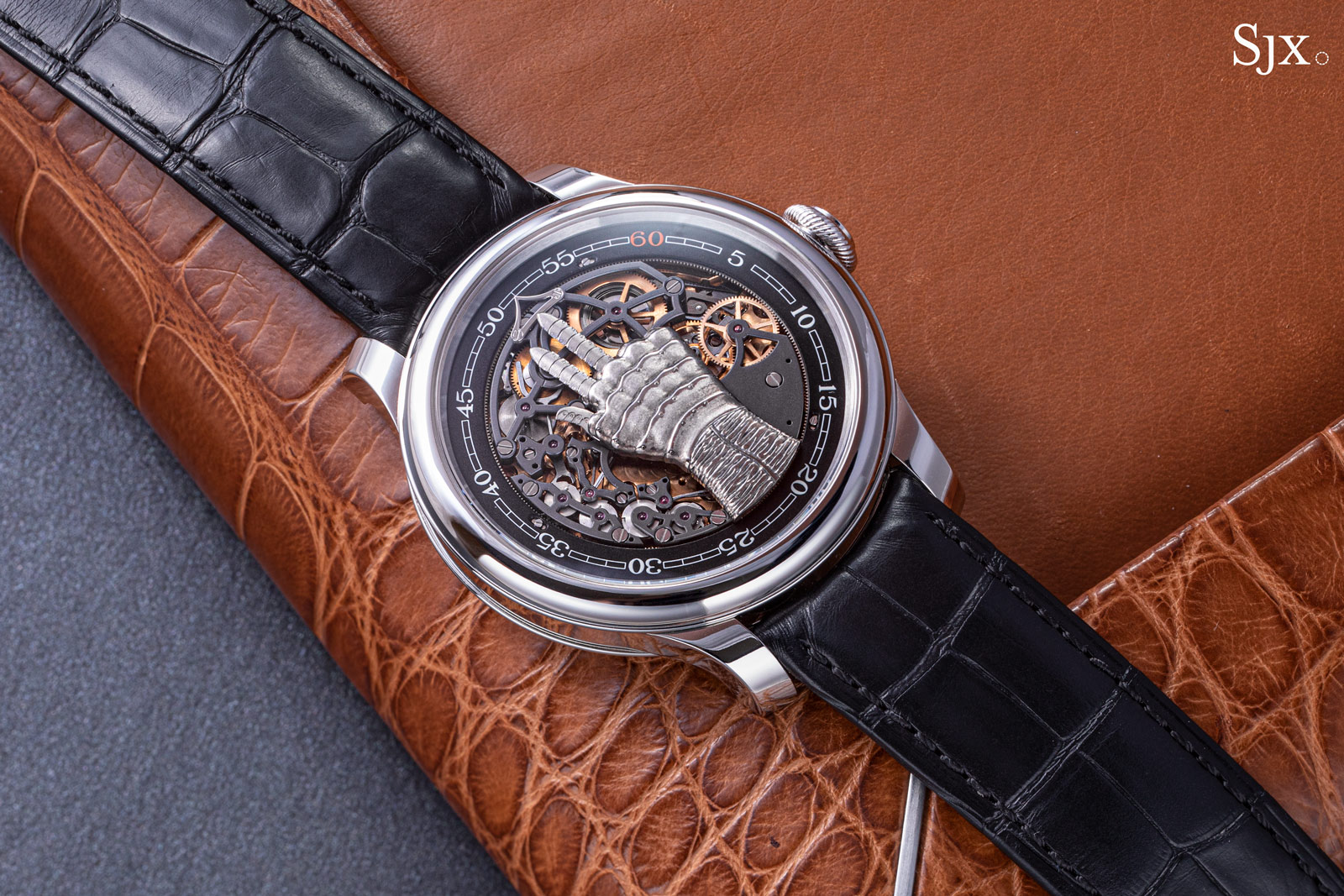
As is often the case when the wider industry is doing well, independent watchmaking is on fire. This was illustrated by the numerous and diverse exhibitors, many of them brand-new entrants, showing their wares alongside Watches & Wonders in Geneva. But as is often the case when independent watchmaking is on fire, quantity far exceeded quality, and the good and great were rare.
Not wanting to go up against brands like Rolex and Patek Philippe for eyeballs (and also because most independent marques now enjoy long, long waitlists), many watchmakers didn’t launch anything new. Some talented watchmakers are merely making slow but steady progress, like Yosuke Sekiguchi, the Japanese watchmaker based in Switzerland who presented the final version of his Primevère along with new dial variants for the same.
One of the best new launches is not really a new model, but it’s good enough it deserves a top spot on the list. The F.P. Journe FFC is the regular production version of the unique FFC Blue made for charity auction Only Watch in 2021. Indicating the time with a five-fingered hand, the time display is simple but driven by a clever and complex movement, illustrating the brilliance of its creator.
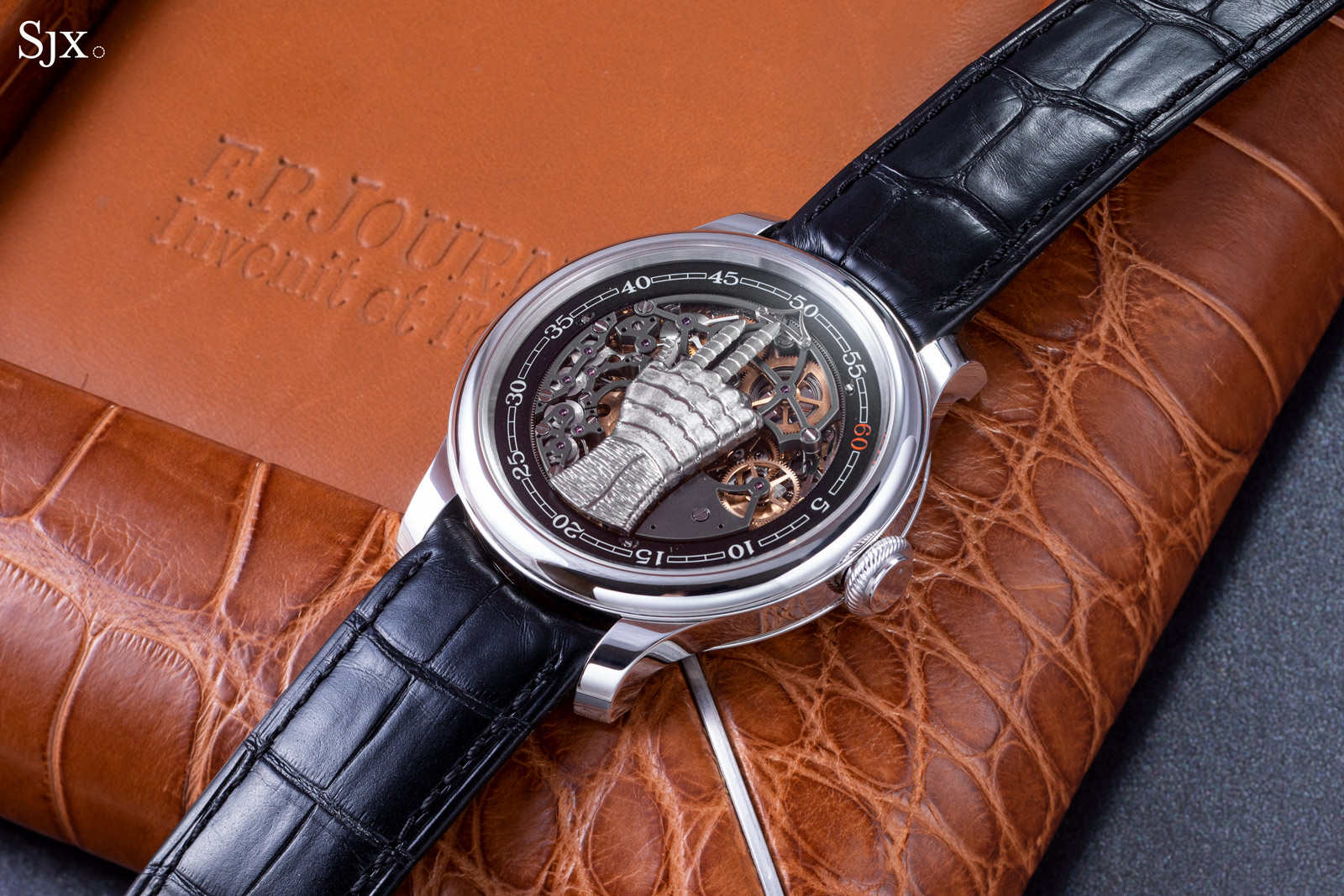
Granted it costs CHF820,000 before taxes, which is probably too much even considering the complication. But according to Mr Journe, the movement is complex enough that it can only be assembled and adjusted by a watchmaker who is otherwise working on the Astronomic grand complication. Be that as it may, F.P. Journe has arguably ascended to a dimension where the usual rules no longer apply, and in that universe, the FFC is worth it.
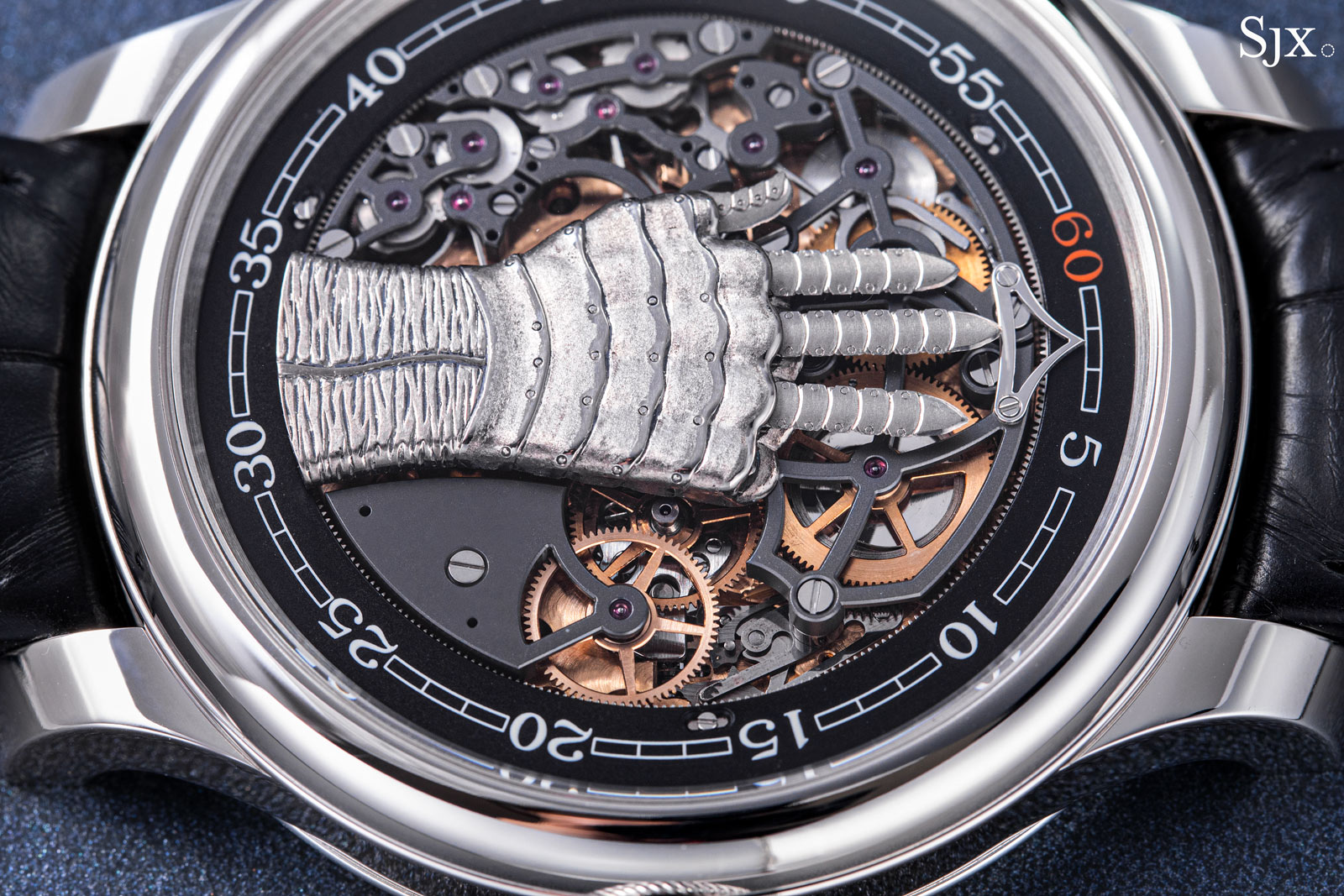
Another notable complication sits at the other end of the haute horlogerie spectrum – and is probably a surprise entry on this list. On its face, the Jacob & Co. Astronomia Revolution seems like yet another variant of the New York jeweller’s bestselling and bulbous timepiece that features a four-armed carousel making its way slowly around the dial. Except that it is not.
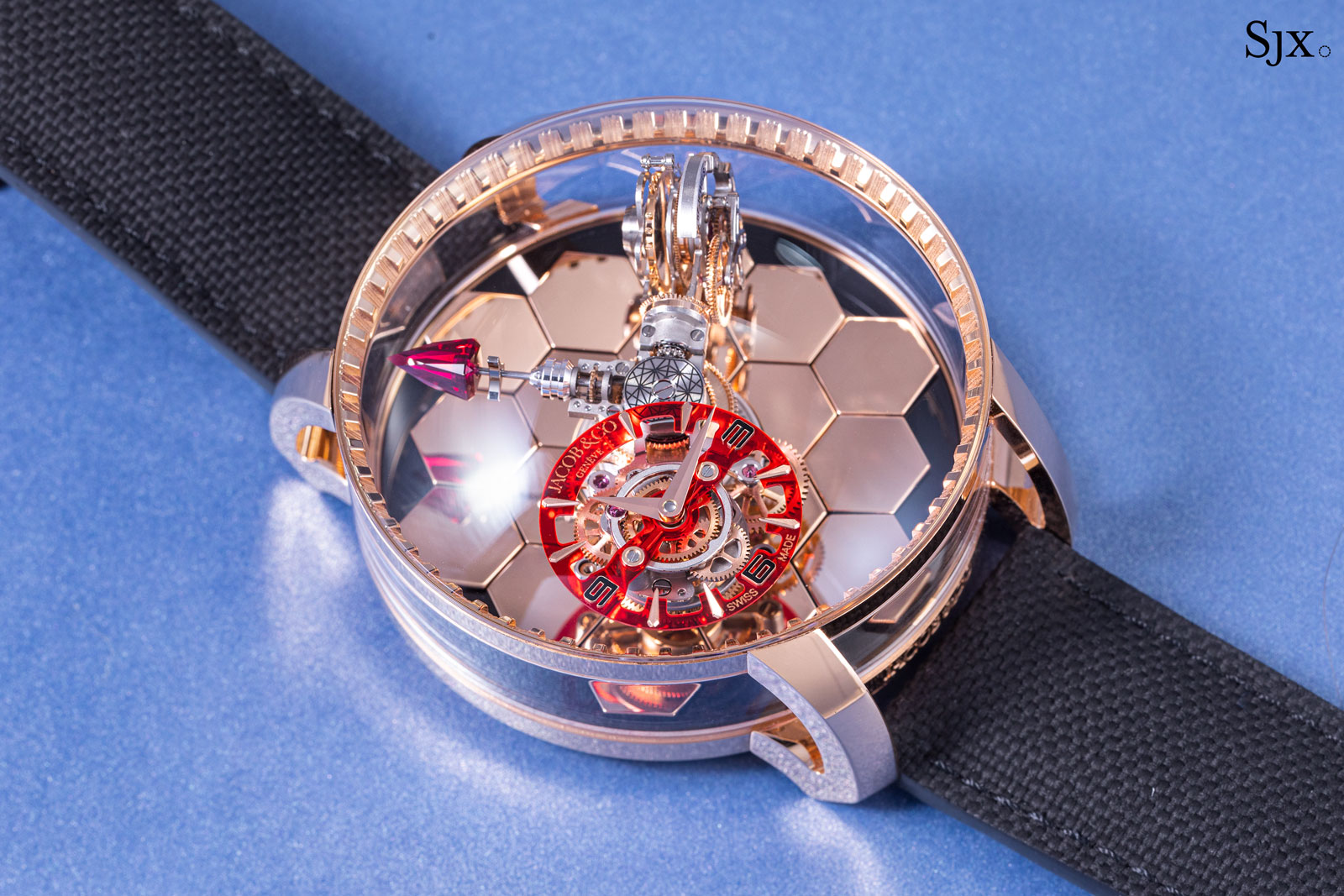
While past versions of the Astronomia required between ten to 20 minutes or more for the carousel to complete one rotation, the Revolution does it in one minute. In other words, the carousel functions as a seconds hand. To move a component that large at such a speed is unprecedented, making this an achievement unrivalled by better known like Urwerk.
It is an impressively dynamic display that requires substantial engineering, including twin mainsprings and a 1/6-of-a-second remontoir – you read that right, not six seconds but one-sixth – in order to prevent the mainsprings’ energy from overwhelming the escapement. I imagine the magnitude of forces within the movement to keep everything moving would imply (very) short service intervals, but it is an achievement nonetheless.
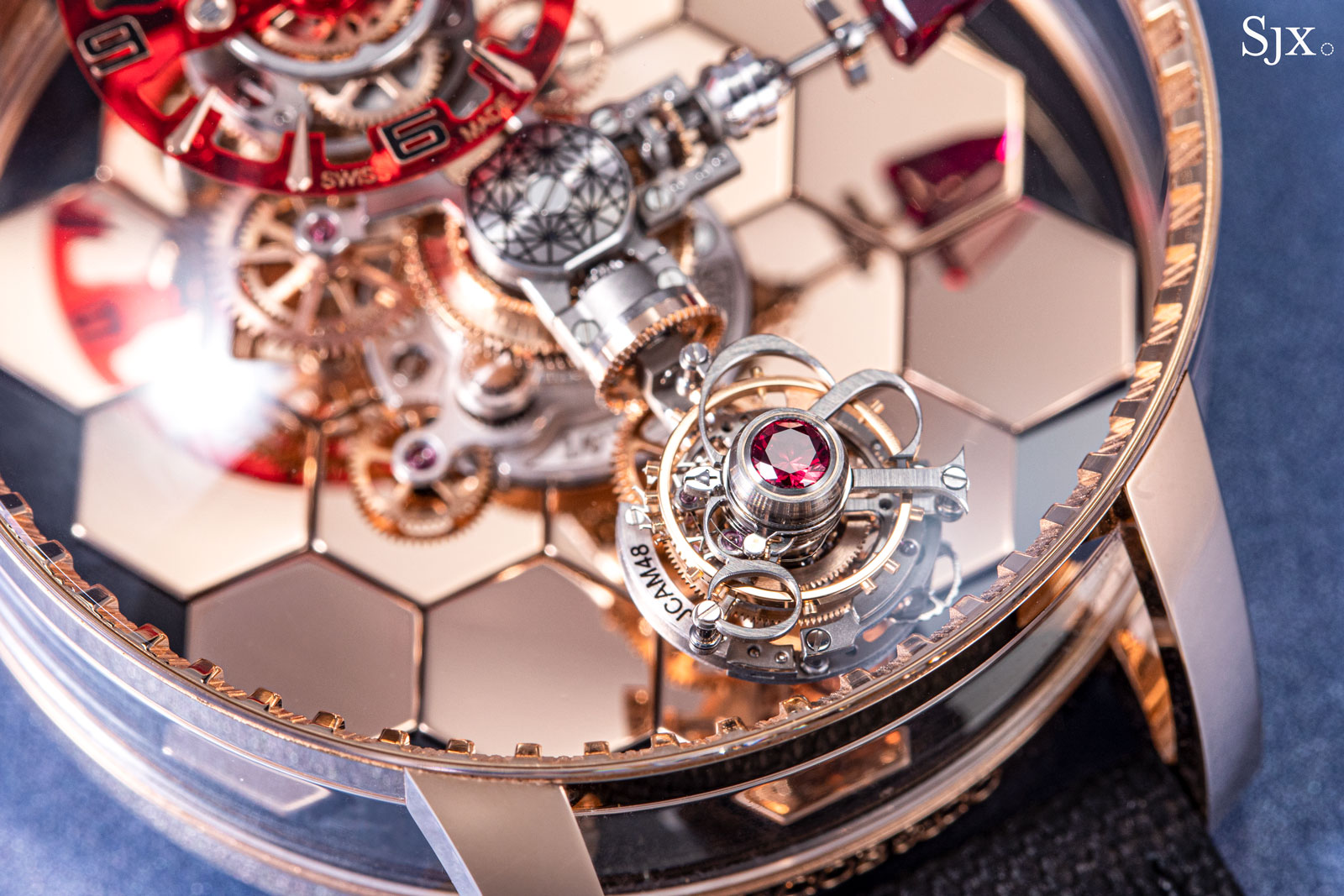
Value propositions
Similarly sci-fi inspired but from a brand that is practically establishment when it comes to independent watchmaking, the UR-102 “Reloaded” revisits Urwerk’s first-ever wristwatch. Though based on the 1997, the new UR-102 is an entirely new watch with a larger, restyled case and modern calibre. Currently available only as a two-piece set, it will soon be sold individually for about CHF28,000, making it the most affordable Urwerk and a value buy as such things go.
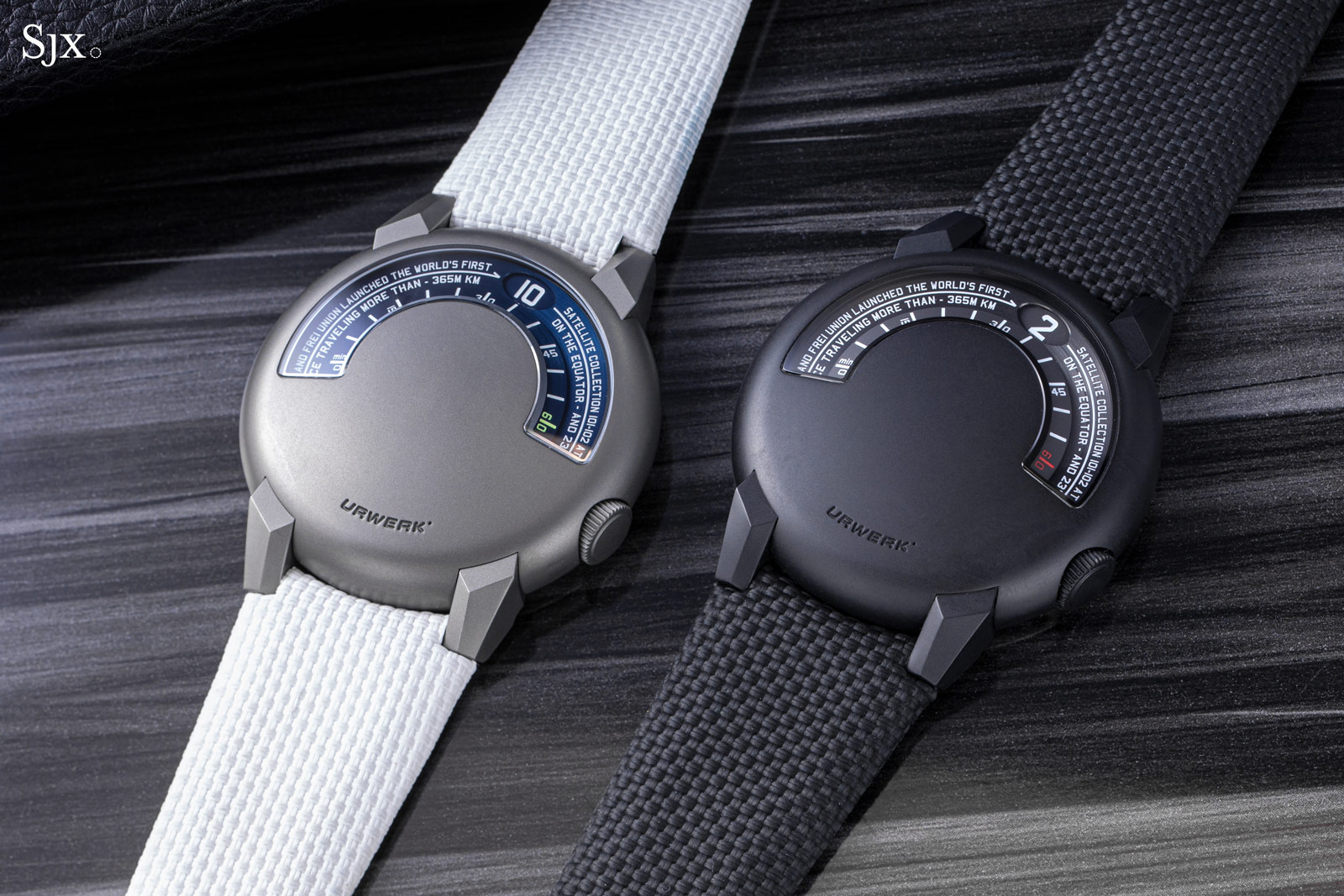
Even more of a value proposition is the Kudoke 3. Starting at about US$10,000, the Kudoke 3 is eminently affordable for artisanal watchmaking. Although the dial is cleanly styled, the movement features a hand-engraved balance cock.
Quirkier than the brand’s prior offerings, it features a simple yet interesting time display that relies on a three-armed hour hand. The watch is typical Kudoke in terms of execution and quality, but different enough it will appeal to both to new buyers and current clients.
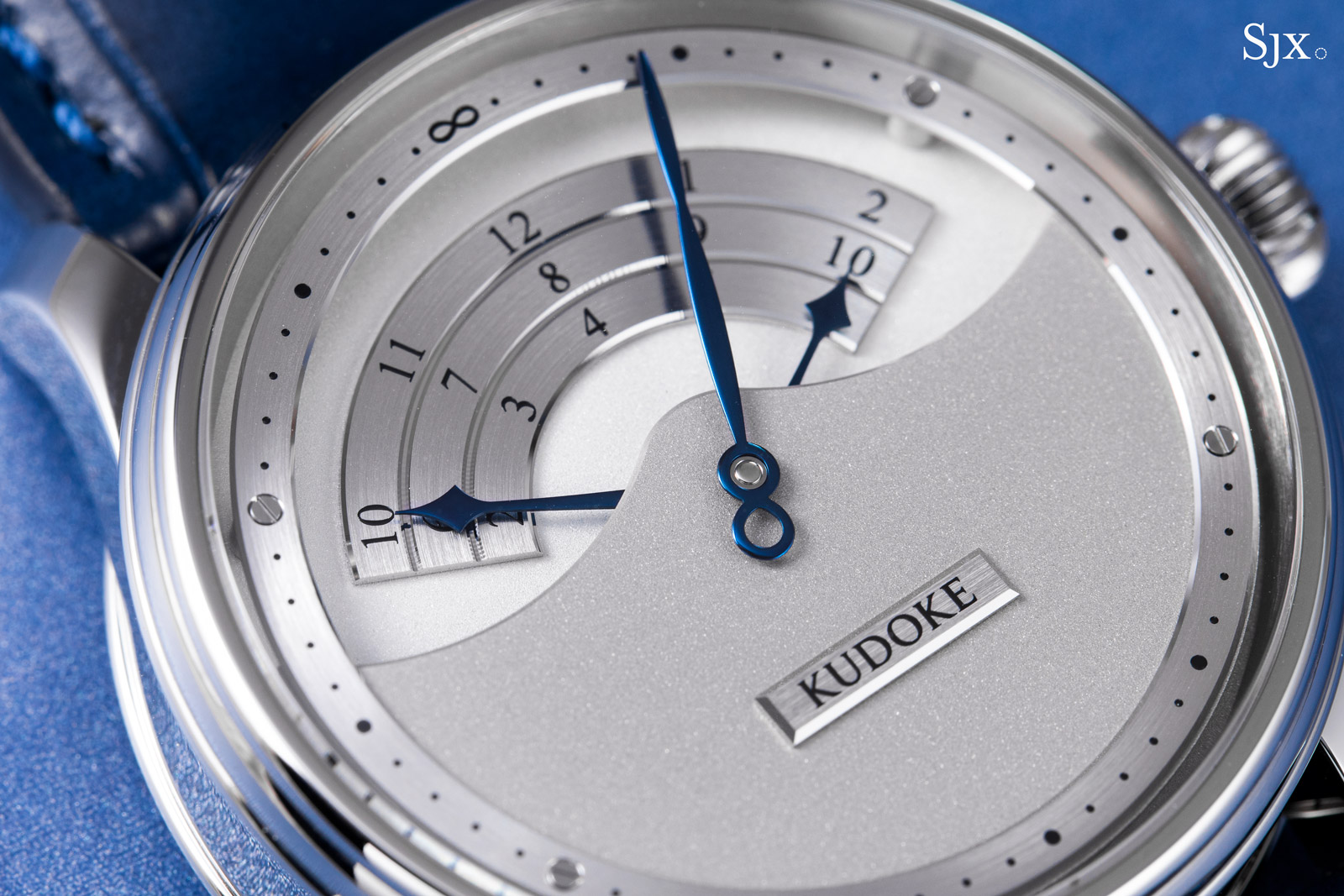
It’s all in the execution
Finely finished but falling short of a value proposition is the Petermann-Bedat Reference 2941. Having established their proven their ability to decorate components to a very, very high level with their first watch, the duo once again did the same with the Reference 2941, a mono-pusher split-seconds chronograph.
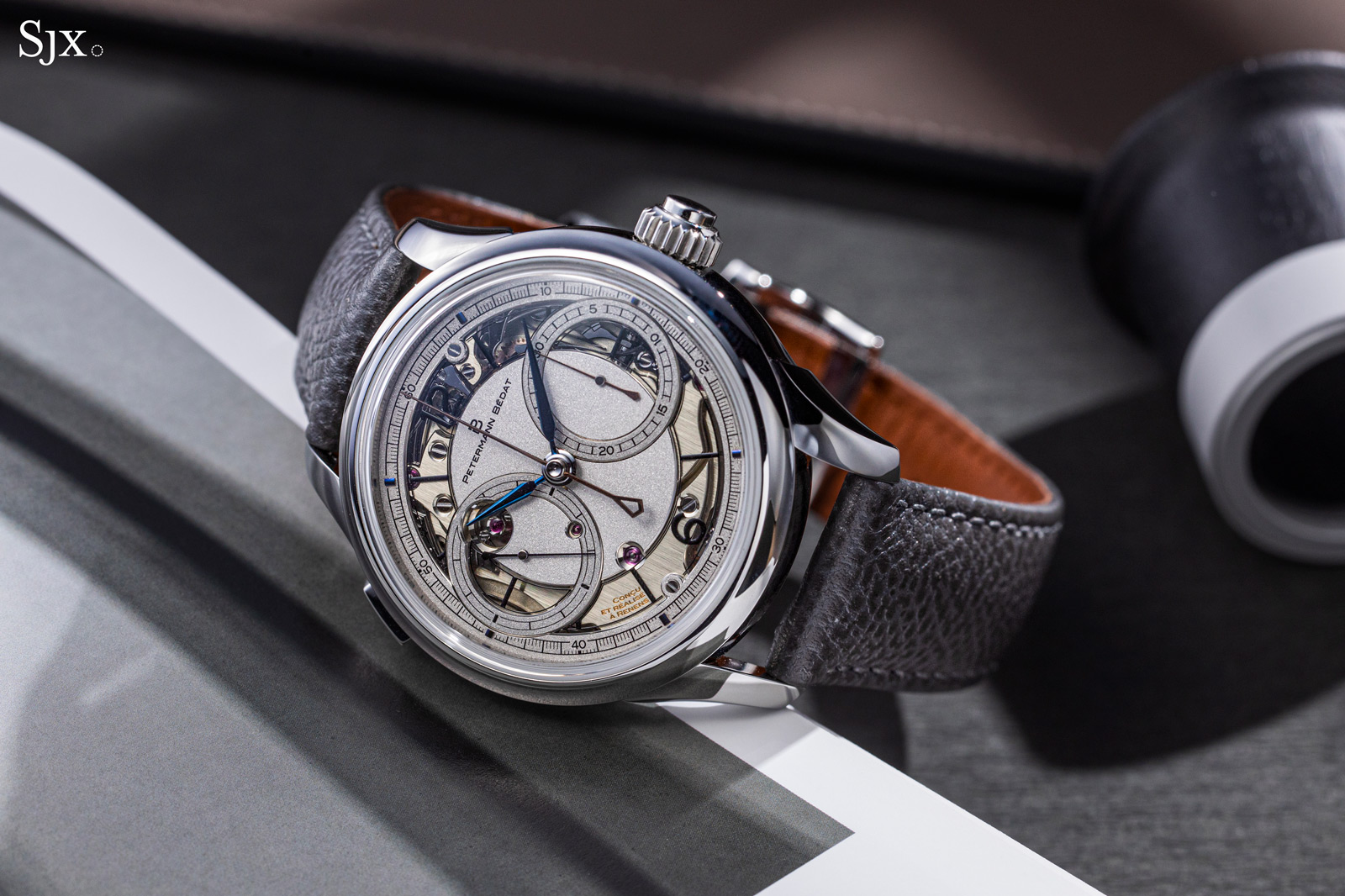
The movement is beautifully constructed, boasting all of the finely finished, gracefully shaped levers one would expect in a high-end chronograph – the view is wonderful through the display back.
But the split-seconds mechanism sits under the dial, an approach that is arguably simpler in technical terms than the traditional method of building it on the back because, amongst other things, the under-dial set-up requires a shorter pinion for the split-seconds hand. Considering its retail price of about US$250,000 – making it 50% more expensive than the Lange Triple Split – this is hard to digest.
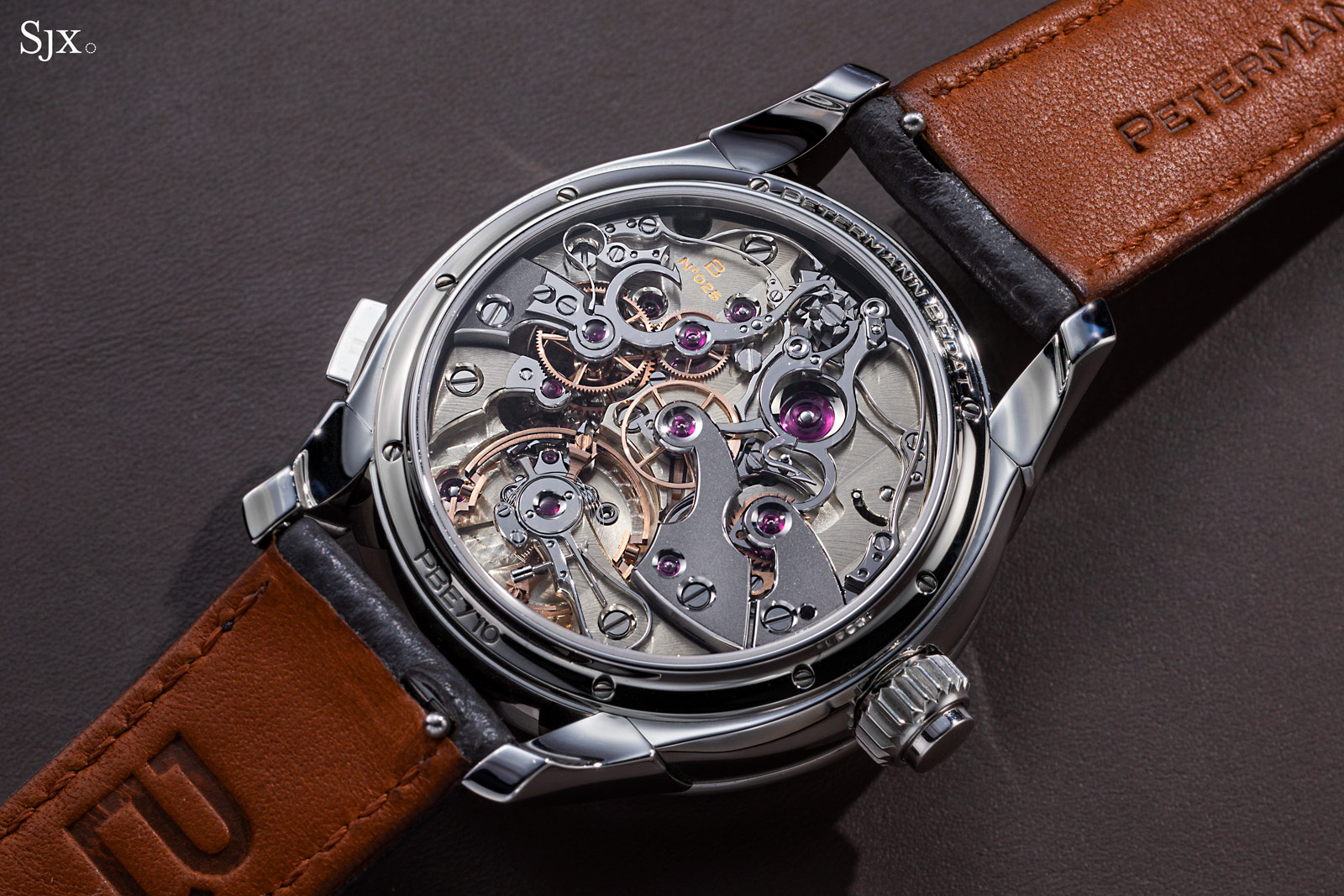
And then there is a watch that is similar to the Petermann-Bedat split-seconds chronograph in having top-class finishing, but one that doesn’t take any technical shortcuts, although it falls short in terms of design.
Widely – and unfairly – criticised, the Biver Minute Repeater is executed well in all tangible aspects – the construction, finishing, and materials are top quality and high spec. I was impressed by the decoration of the movement, the finishing of the case – which is water resistant to 50 m, achievement for a repeater this loud – and the fineness of the bracelet.
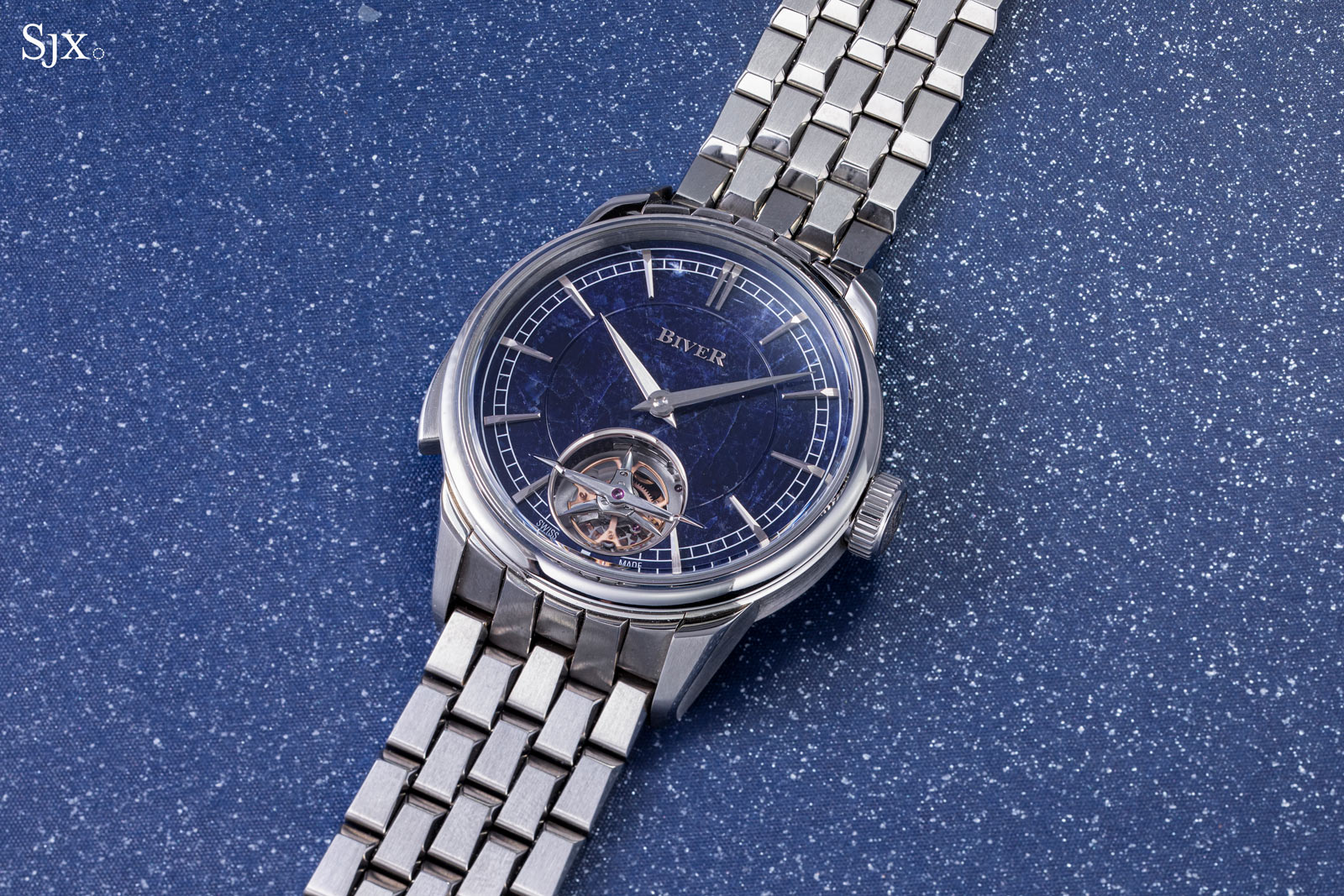
While the quality is unmistakeable, the aesthetics are lacking. The design is a mix of elements that should be condensed and clarified. As a result, the repeater is something of a paradox in the metal: the quality is obvious with the watch in hand, but the design doesn’t quite live up to the quality.
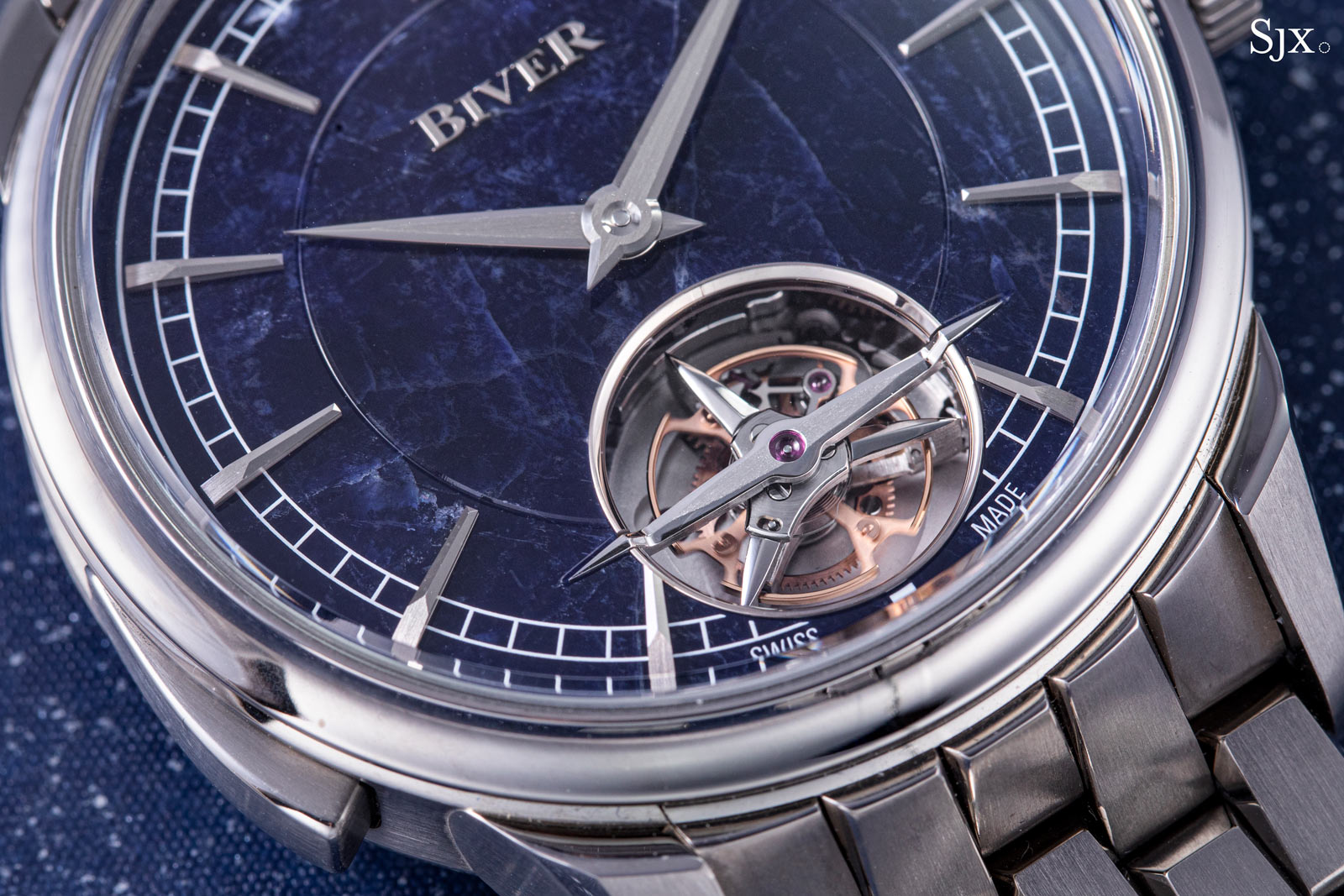
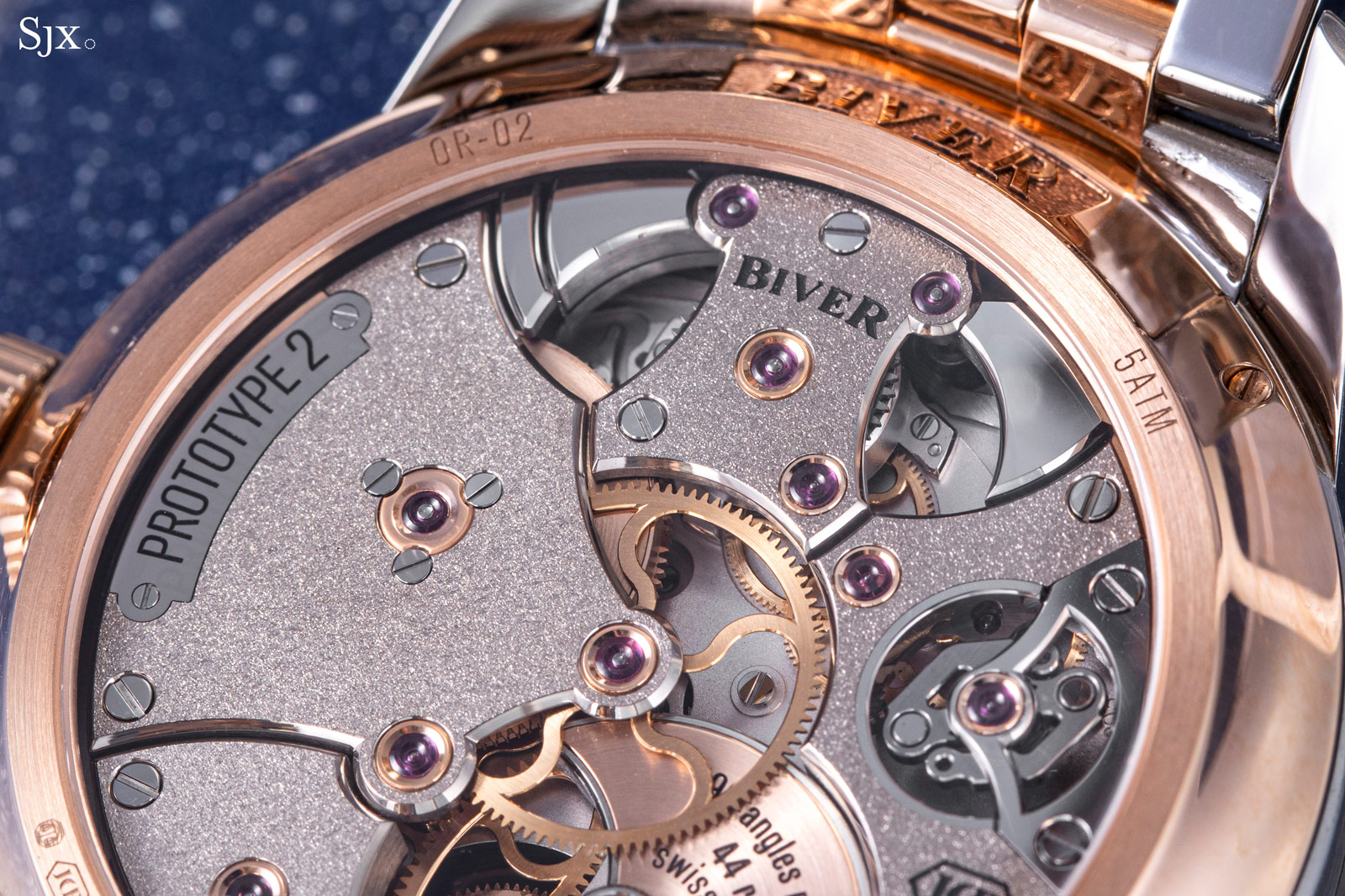
But design is arguably the less crucial, at least for the commercial success of the brand. With quality and a compelling backstory, Biver already has key ingredients that many brands lack. Aesthetics are subjective, so there will be clients who like the design, while the tangible features are easy to comprehend.
Back to top.

